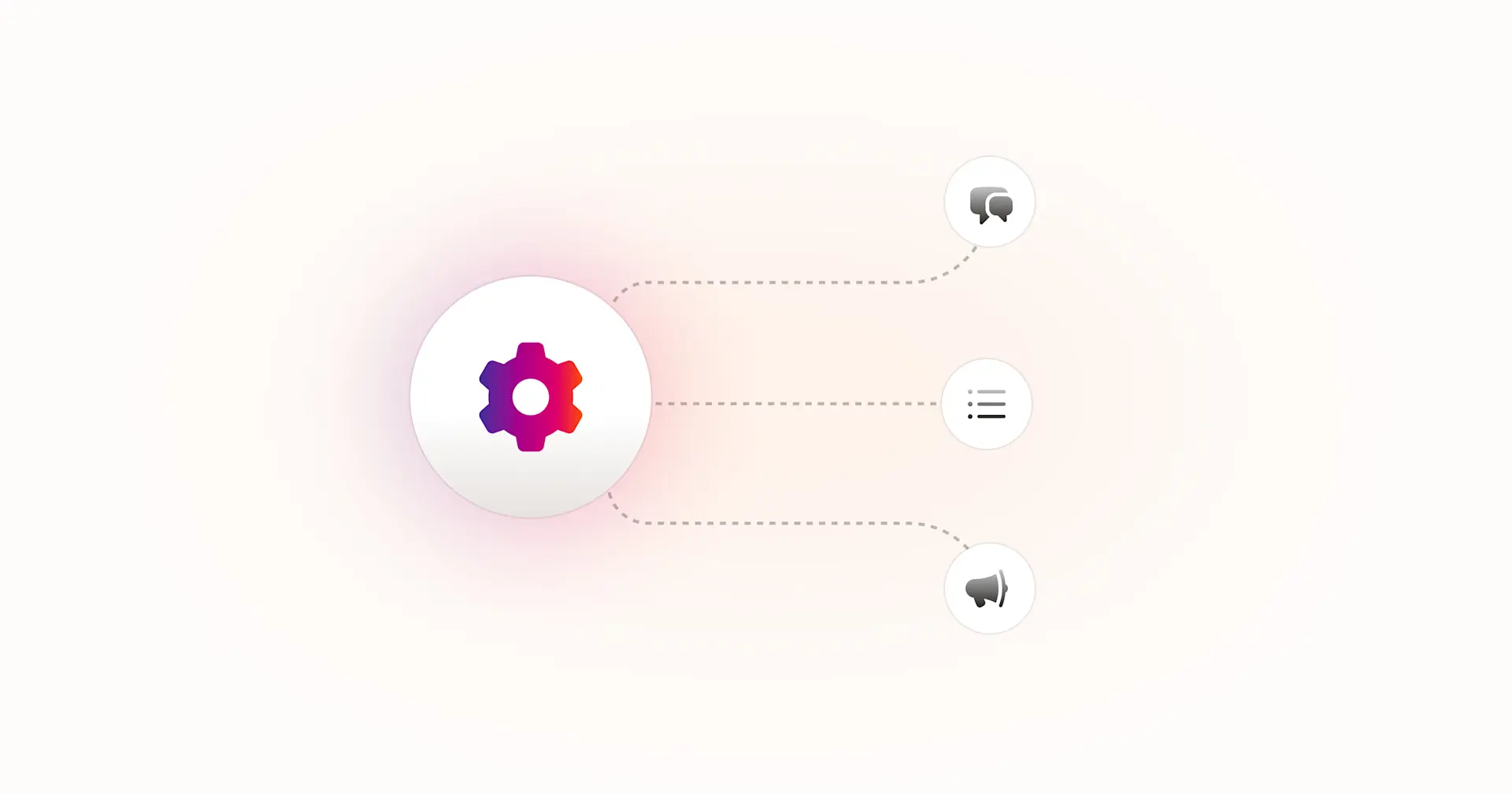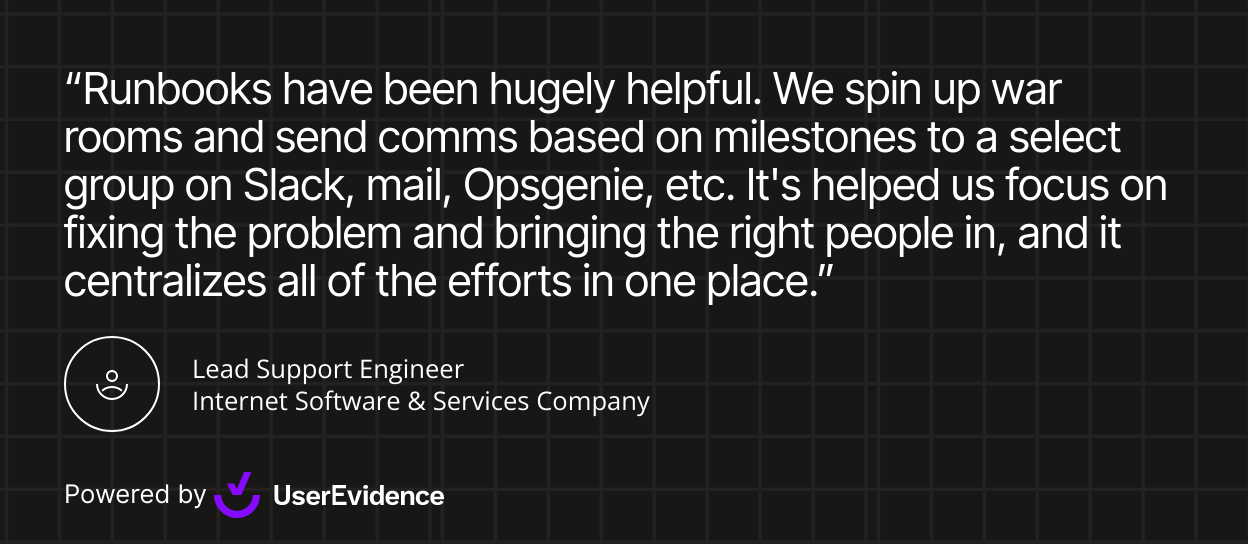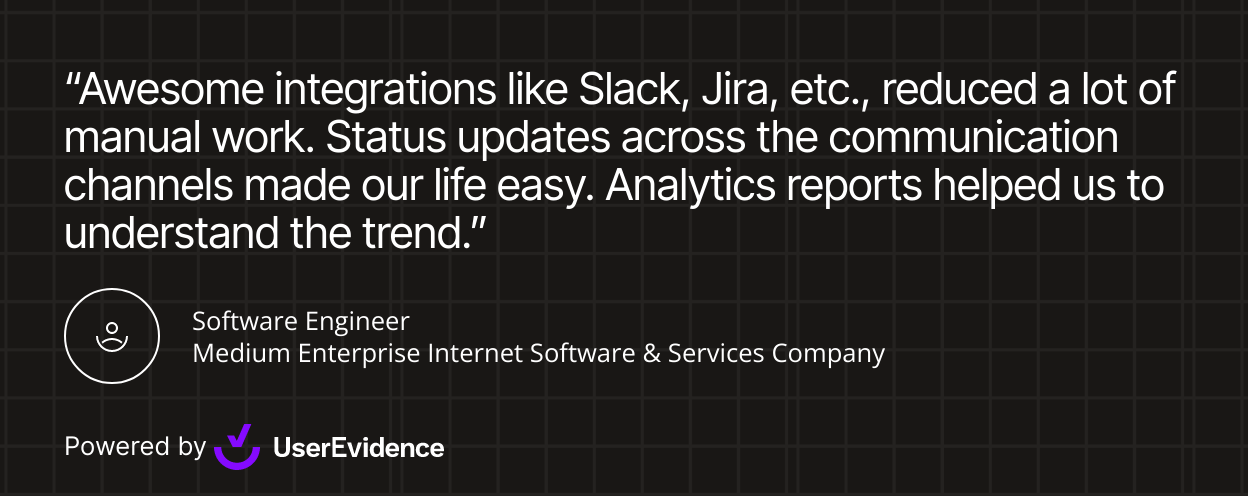Streamlining incident response: the power of integration in engineering tools
We want to ensure we're adding to your workflow, not changing it. In this blog post, I'll delve into how our incident response technology works with other engineering tools by discussing some of our most popular integrations.

By Mike Lacsamana on 8/24/2023

In the ever-evolving world of software development, incidents are bound to happen. Whether it's an unexpected server crash, a critical bug impacting user experience, or a security breach, handling incidents swiftly and effectively is crucial for maintaining a seamless user experience and preserving business reputation. That's where incident response tools come in — to help you automate, document, communicate, and mitigate.
But another power often overlooked in incident response tools lies in their ability to seamlessly integrate with observability, alerting, and communication tools. By bridging the gaps between these essential tools, integration unlocks a world of efficiency, collaboration, and automation, transforming incident response from a chaotic scramble to a well-orchestrated symphony.
It's why integrations are a high priority: we want to ensure that we're adding to your workflow, not changing it. In this blog post, I'll delve into how FireHydrant's incident response technology works with other engineering tools by discussing some of our most popular integrations.
Seamless collaboration with Slack
FireHydrant integrates seamlessly with Slack, enabling teams to manage the entire incident lifecycle within a Slack channel (created by FireHydrant when you declare an incident and auto-archived when you resolve it).
By leveraging the FireHydrant Slack app, responders can create incidents, assign roles and tasks, edit incident impacts and data, send updates, and resolve incidents without leaving the Slack interface.
This integration streamlines communication, reduces cognitive load, and ensures all stakeholders are involved in the incident management process (to the proper extent).

Automated incident declaration and alerts
FireHydrant integrates with popular monitoring tools like Datadog, Honeycomb, New Relic, Alertmanager, and BugSnag, allowing automatic incident creation based on predefined conditions. By eliminating manual intervention, on-call teams can focus on problem-solving rather than spending time confirming incidents.
FireHydrant also offers automatic alert routing capabilities, enabling conditional rules for alerts from providers like PagerDuty, Opsgenie, and VictorOps/Splunk. This integration expedites incident response, ensuring timely notifications and efficient collaboration.

Streamlined ticket management with Jira
FireHydrant's Jira integration automates the creation of Jira tickets at the start of an incident. This integration seamlessly syncs action items and links them to a parent incident ticket.
By integrating incident management with Jira, teams can track incidents, manage follow-up work, and maintain a centralized system of record without manual effort.

Effective communication with status pages
FireHydrant offers status pages, but our platform also integrates with external platforms like statuspage.io. This integration helps you automatically communicate incident updates to customers and internal stakeholders.
By configuring automatic updates or setting reminders for manual updates based on milestones or SLAs, FireHydrant ensures efficient communication during incidents, building goodwill and transparency.
Automated Zoom and Meet conference bridges
After declaring an incident, FireHydrant can automatically create video conference calls using applications like Zoom or Google Meet to serve as a place for responders to work on the problem together.
This integration saves time and mental effort by eliminating the need for manual setup. By preconfiguring recording options and using dynamic naming based on incident severity, name, and description, FireHydrant ensures that teams can quickly establish effective communication channels during incidents.
Give it a go
Our extensive integrations with developer tools help streamline incident management workflows and enhance collaboration. By seamlessly integrating with tools like Slack, monitoring systems, Jira, status pages, and video conferencing platforms, FireHydrant eliminates cognitive load, automates processes, and ensures effective communication.
To experience the benefits of FireHydrant's integrations and streamline your incident management workflow, schedule a demo and unlock the power of seamless collaboration.
See FireHydrant in action
See how service catalog, incident management, and incident communications come together in a live demo.
Get a demo